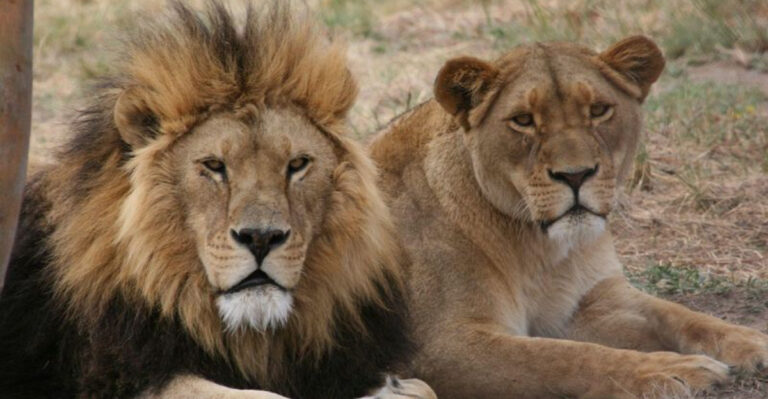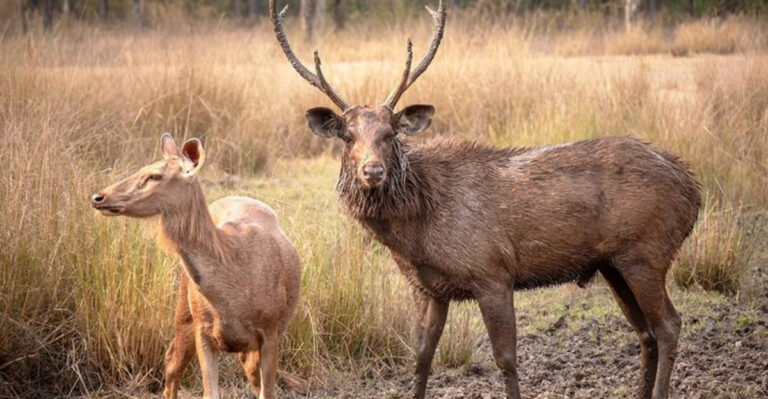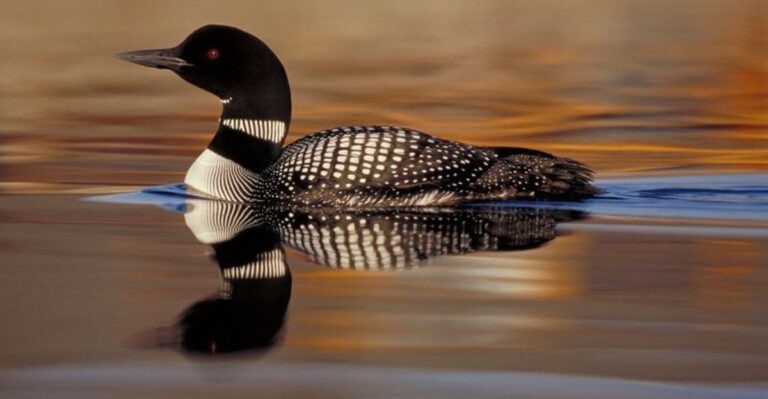13 Ways To Tell The Difference Between A Hawk And Eagle
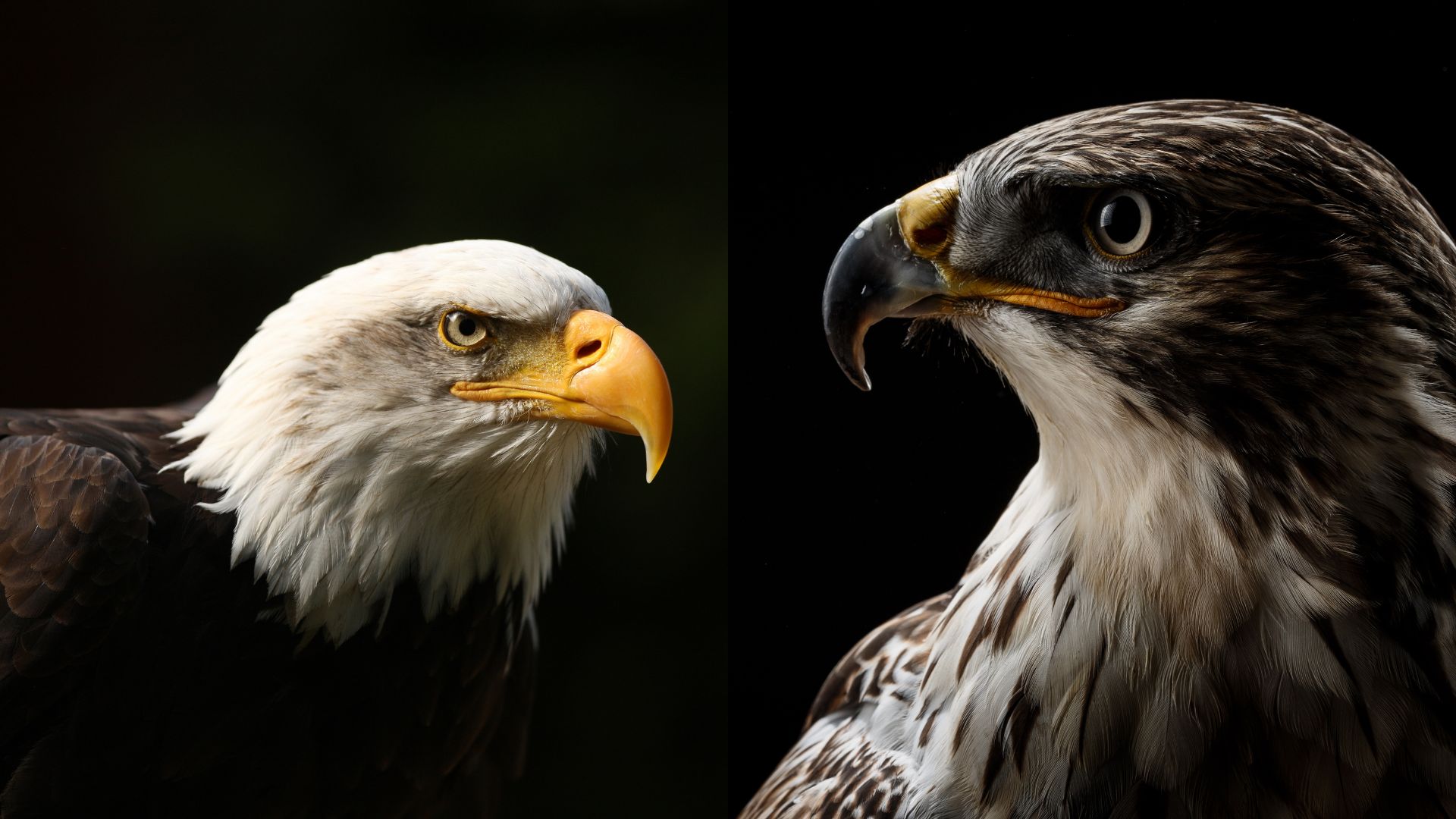
Bird enthusiasts often find themselves pondering the differences between hawks and eagles. These majestic birds of prey, while similar in some respects, exhibit distinct characteristics that set them apart.
In this guide, we’ll explore some unique ways to differentiate between these fascinating creatures.
1. Size Matters
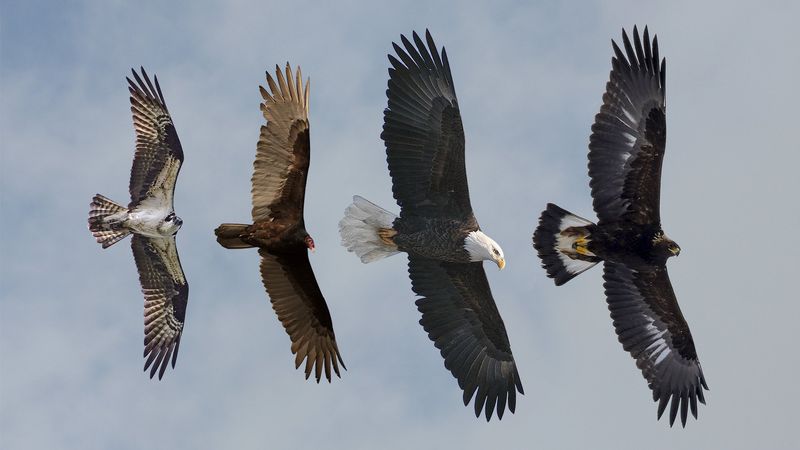
When observing birds of prey, one of the most noticeable differences between a hawk and an eagle is their size.
Eagles are typically larger, with a more commanding presence. This size distinction is particularly evident when both birds are seen in flight or perched side by side. The wingspan of an eagle, for instance, can reach up to eight feet, dwarfing the smaller hawk.
In contrast, hawks generally have a wingspan of around five feet. This size advantage allows eagles to hunt larger prey compared to their smaller counterparts.
While size alone is not a definitive indicator, it offers a useful starting point for bird watchers trying to identify these birds. Observing them in their natural habitat, one can see how their size impacts their hunting style and choice of prey.
2. Beak Shape
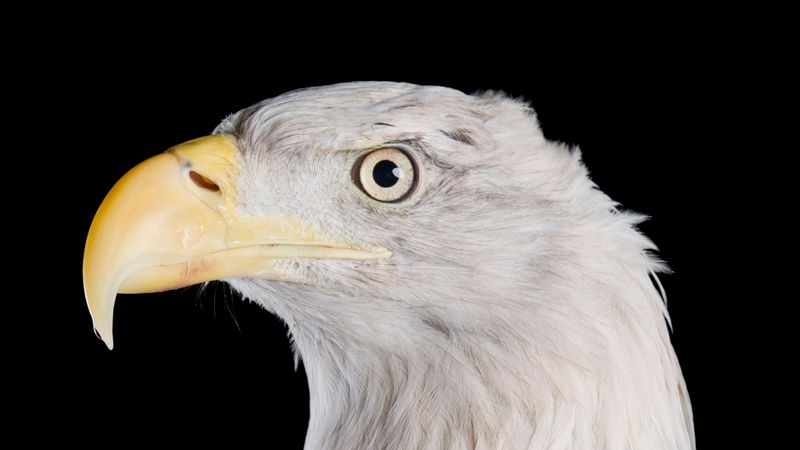
The beak is another distinguishing feature between hawks and eagles. Eagles possess a more robust and curved beak compared to hawks.
This powerful beak is designed to tear through the flesh of larger prey, fitting their predatory lifestyle. In contrast, hawks have a more slender and sharply curved beak. This design is optimal for hunting smaller animals and allows for greater precision when capturing prey.
The beak’s shape reflects the dietary habits and hunting techniques of these birds. Bird watchers often focus on the beak when identifying raptors. This feature, alongside other traits, helps in accurately distinguishing between a hawk and an eagle, even from a distance.
3. Wingspan
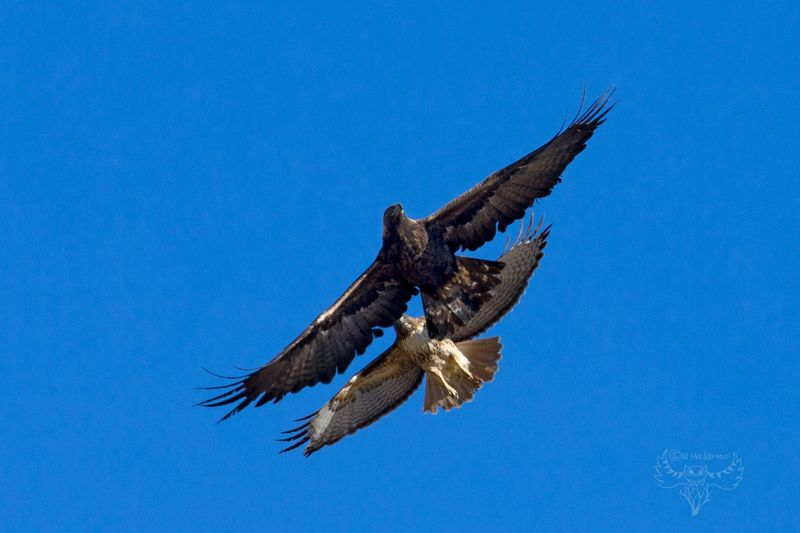
Wingspan is a key factor in distinguishing between these two birds of prey. Eagles boast an impressive wingspan that enables them to soar higher and more steadily than hawks. This adaptation is crucial for spotting and hunting prey over large distances.
On the other hand, hawks have a relatively shorter wingspan, allowing for agile and quick maneuvers during flight.
This agility is beneficial when navigating dense forests or catching fast-moving prey. The difference in wingspan not only affects flight patterns but also plays a role in their hunting strategies. Eagles often glide effortlessly across the sky, while hawks display rapid flapping mixed with short glides.
4. Habitat Preference

Where these birds choose to live can also help in telling them apart. Eagles are often found in remote, rugged terrains such as mountains and vast open spaces, which provide suitable conditions for their nesting and hunting.
Hawks, however, demonstrate more flexibility in their habitat preferences. They can thrive in a variety of environments, including forests, grasslands, and even urban areas. This adaptability allows hawks to coexist with humans more seamlessly.
The choice of habitat influences their behavior and hunting techniques, making it a useful characteristic for bird watchers trying to identify these raptors in the wild.
5. Feather Coloration
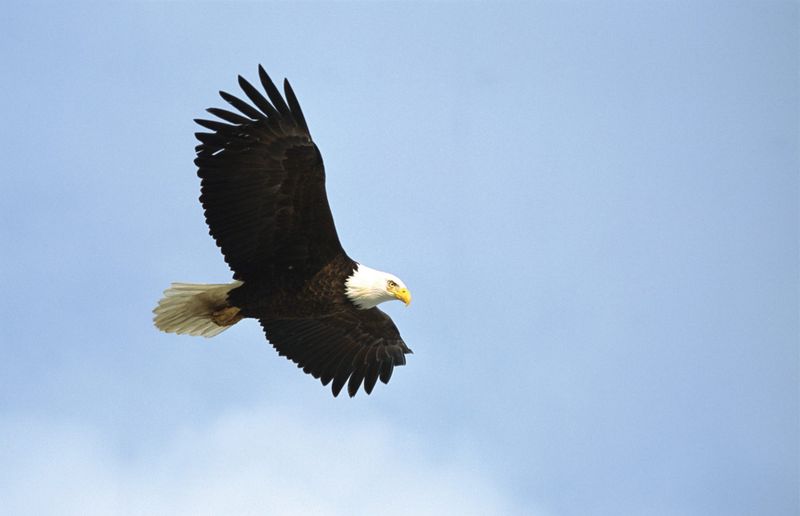
Another way to differentiate these birds is by examining their feather coloration. Eagles typically have bold, dark feathers that convey strength and majesty.
Their plumage often lacks intricate patterns, favoring solid colors that blend into their natural surroundings. Conversely, hawks exhibit more variety in their feather patterns and colors. These patterns often assist in camouflage, enabling hawks to remain undetected by both predators and prey.
The diversity in coloration reflects their need to adapt to various environments. By closely observing feather coloration, bird enthusiasts can gain insights into the identity of these birds, enhancing their bird-watching experience.
6. Talons

The talons of a bird of prey are crucial tools for hunting. Eagles possess larger, more powerful talons compared to hawks. These talons are designed to grasp and immobilize larger prey, showcasing their strength and dominance in the animal kingdom.
Hawks, in contrast, have smaller but sharper talons. This design allows them to handle smaller prey with ease and efficiency.
The difference in talon size and shape is tailored to their respective hunting needs and prey selection. Talons are a significant feature for identification, reflecting not only the bird’s hunting habits but also their place within the ecosystem hierarchy.
7. Vocalizations
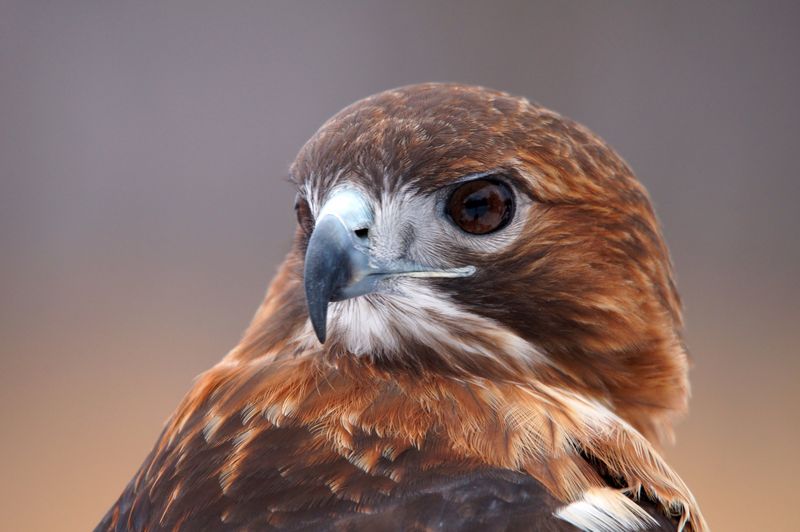
Listening to the calls of these birds can provide clues about their identity. Eagles have a distinctive, piercing call that resonates across vast distances. This call is often associated with their majestic presence and territorial nature.
Hawks, on the other hand, produce a series of sharp, high-pitched screeches. These vocalizations are used for communication within their species and can vary depending on the hawk’s mood or intentions.
For bird watchers, distinguishing between these calls can be an enjoyable challenge and a crucial skill in identifying these birds in their natural habitats.
8. Hunting Techniques

The hunting strategies of hawks and eagles offer another point of distinction. Eagles often rely on their powerful vision and soaring ability to spot prey from great heights. Once targeted, they swoop down with precision and strength.
Hawks, however, are known for their speed and agility. They often employ surprise tactics, swiftly catching prey with rapid dives and sharp maneuvers.
This difference in hunting style is shaped by their physical adaptations and preferred prey. Understanding these techniques provides insights into their behavior and ecological role, enriching the bird-watching experience.
9. Social Behavior

Eagles are typically solitary creatures, preferring to hunt and nest alone except during breeding season. Their solitary nature is reflective of their dominance and territorial instincts. Hawks, on the other hand, may exhibit more social behavior, especially when not hunting.
They can be seen in groups, known as “casts,” and often communicate with each other through vocalizations and displays. These behavioral differences can be observed by bird watchers and provide clues about the social structure and lifestyle of the birds.
10. Nest Construction
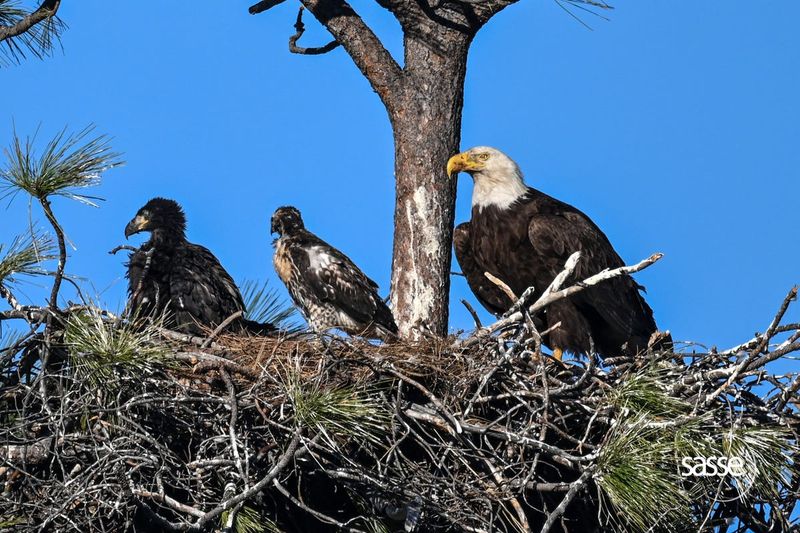
The way these birds build their nests also sets them apart. Eagles construct large, sturdy nests high in trees or on cliff edges, using branches and other durable materials. These nests are often reused and added to over the years.
Hawks tend to build smaller, more flexible nests that may not last as long. They use twigs, leaves, and softer materials, reflecting their adaptability and diverse habitat preferences. Observing nest construction provides insights into the birds’ lifestyle, offering additional identification cues for bird watchers.
11. Flight Style
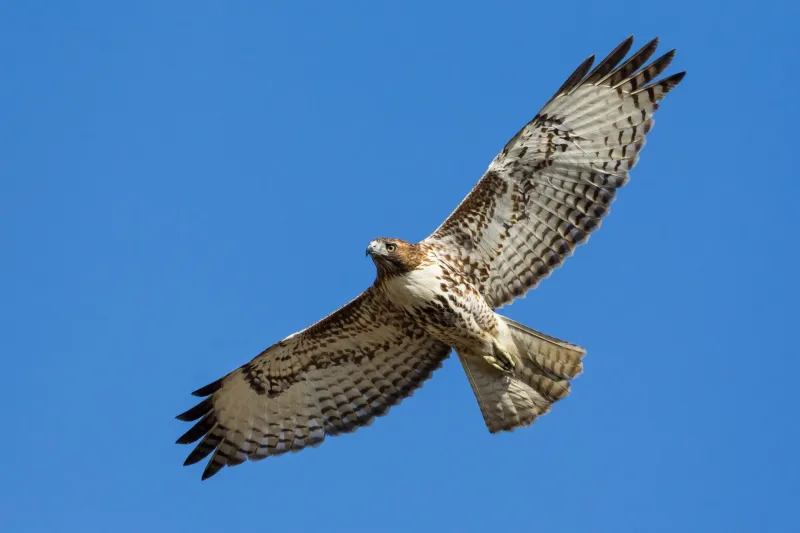
Flight style reveals much about the differences between hawks and eagles. Eagles are known for their soaring flight, characterized by minimal wing flapping and extended glides across the sky. This efficient flight style is facilitated by their broad wings and powerful muscles.
In contrast, hawks demonstrate a more dynamic flight with frequent flapping and agile turns. This style suits their environment and hunting methods, allowing them to navigate through complex terrains with ease. Recognizing these flight patterns helps bird enthusiasts identify these birds from afar, adding to the enjoyment of watching them in action.
12. Juvenile Appearance

The appearance of juvenile birds provides another clue for identification. Young eagles often have mottled and less distinct plumage compared to adults, making them slightly harder to recognize. As they mature, their feathers gain the characteristic bold coloration of adult eagles.
Conversely, juvenile hawks display more defined markings, even at a young age. These markings often serve as camouflage, protecting them from predators and aiding in hunting. Observing these differences in young birds can aid in identification and understanding of the development stages in these raptors.
13. Cultural Significance

Eagles and hawks hold significant places in various cultures and mythologies. Eagles, often associated with power and freedom, appear in national symbols and emblems, representing strength and independence.
Hawks, meanwhile, are frequently featured in folklore and stories, symbolizing vision and insight. They are revered for their keen eyesight and hunting prowess, embodying qualities of intelligence and observation. Understanding the cultural significance of these birds enhances appreciation and awareness, offering a deeper connection to their presence in our world.

